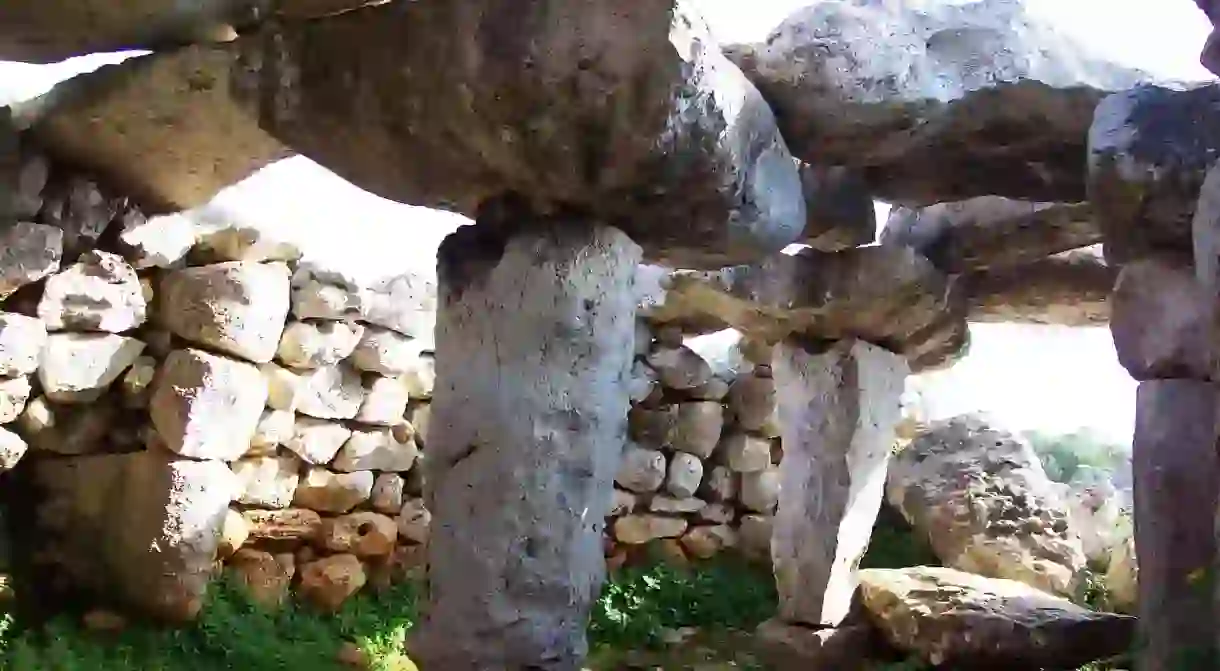A Guide to Menorca’s Must-See Megalithic Sites

Boasting an impressive – and surprising – 1,500 megalithic sites, Menorca is a veritable a paradise for archaeologists, history buffs and anyone with an interest in ancient civilisations. The wealth of archaeological remains provides a fascinating insight into the architectural and cultural heritage of Menorca’s earliest inhabitants, and there are key sites to visit all over the island, including villages, burial tombs, and an incredible necropolis in a system of caves carved out of the rocks. Here’s our guide to these must-see megalithic masterpieces.
La Naveta des Tudons
Building

Cala Morell Necropolis
This well-preserved necropolis consists of fourteen caves carved out of the rocks to form burial chambers with internal pillars, windows, and some even with front courtyards. The caves are carved into the cliff-face in a small, rocky ravine close to the cove of Cala Morell. Used up to the 2nd century AD, the cave styles vary according to their age – the older caves are smaller and more circular and roughly hewn, and the later ones are larger and more elaborate. One large cave has what appear to be classically carved columns at the front, showing the influence of other cultures towards the end of the Talaiotic Period. Further along the cliff are numerous capades de moro, small alcove-like caves, roughly hewn in the rock, which it is thought were used to hold torches or offerings during burial rituals. These fascinating caves are open to the public and free to explore.
Necrópolis de Cala Morell, Carrer Lira, 7, 07769 Ciutadella de Menorca, Spain

Torre d'en Galmés
Archaeological site

Talati de Dalt

Son Catlar

Torretrencada

Torralba d'en Salord
Museum














